

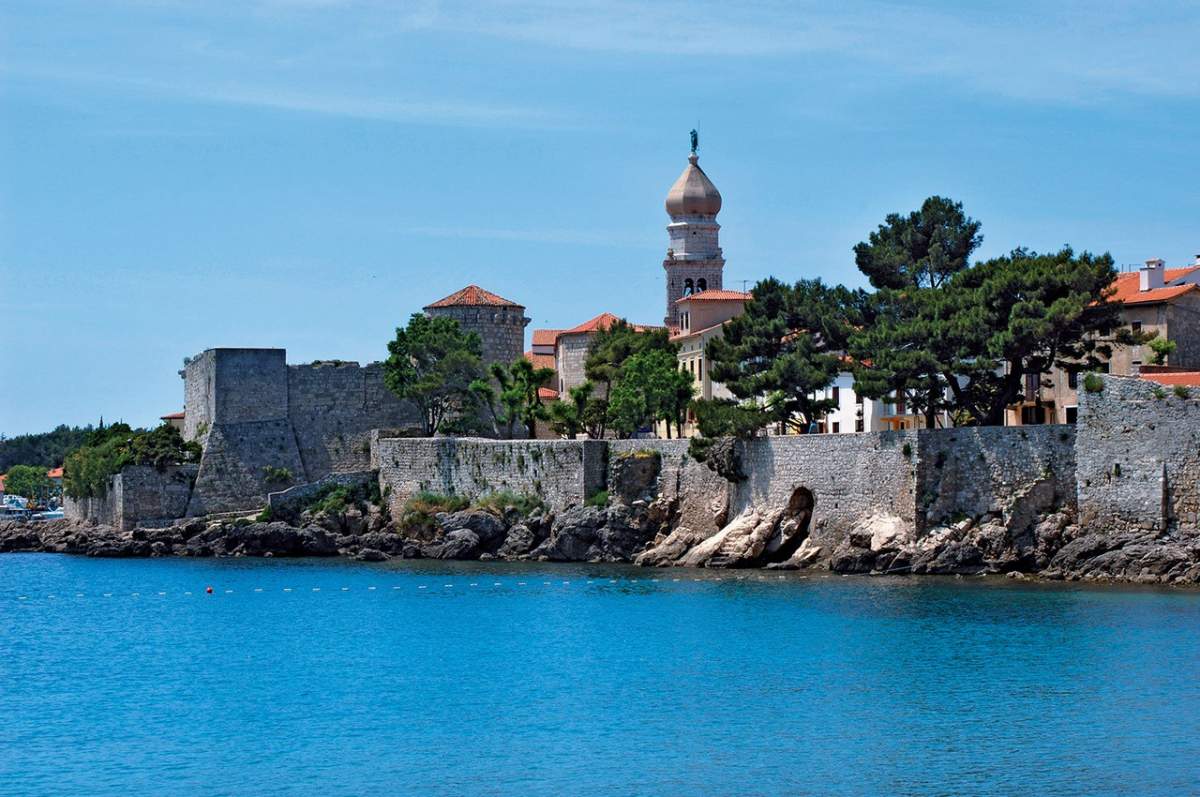
The town of Krk is called the town of history and culture for a reason. The city of Krk has been an urban center for more than 3000 years and is also the cultural and administrative center of the island of Krk.
Krk will delight you with a series of fanciful cultural monuments - witnesses of its exceptional and long history. Very interesting events take place in Krk. The town of Krk is a very pleasant place to live and to spend your vacation in.
Because of its beauty, architecture, natural position, tradition, history and cultural events, the town of Krk has been attracting tourists from all over the world for decades.
Thanks to the rich tourist offer, Krk is the perfect destination for visitors with most diverse interts; whether you are traveling with a family, friends or with your significant other, Krk is an ideal place for you!
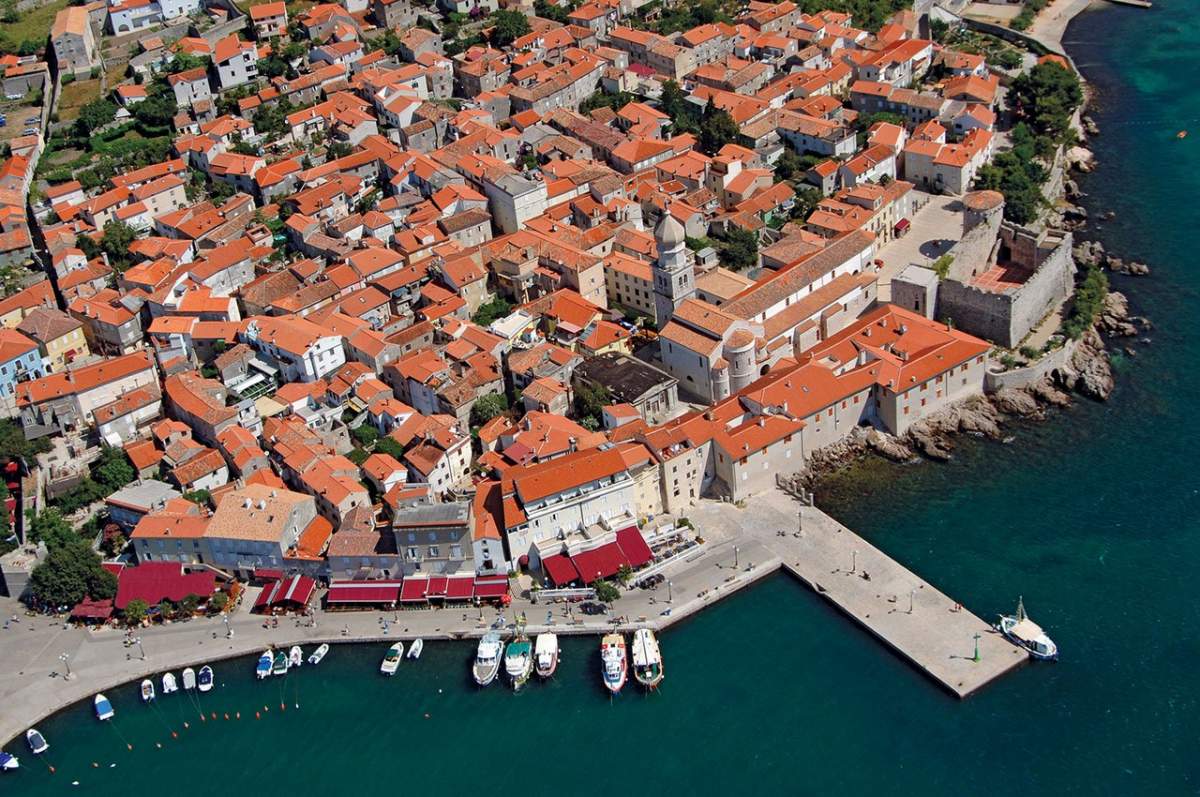
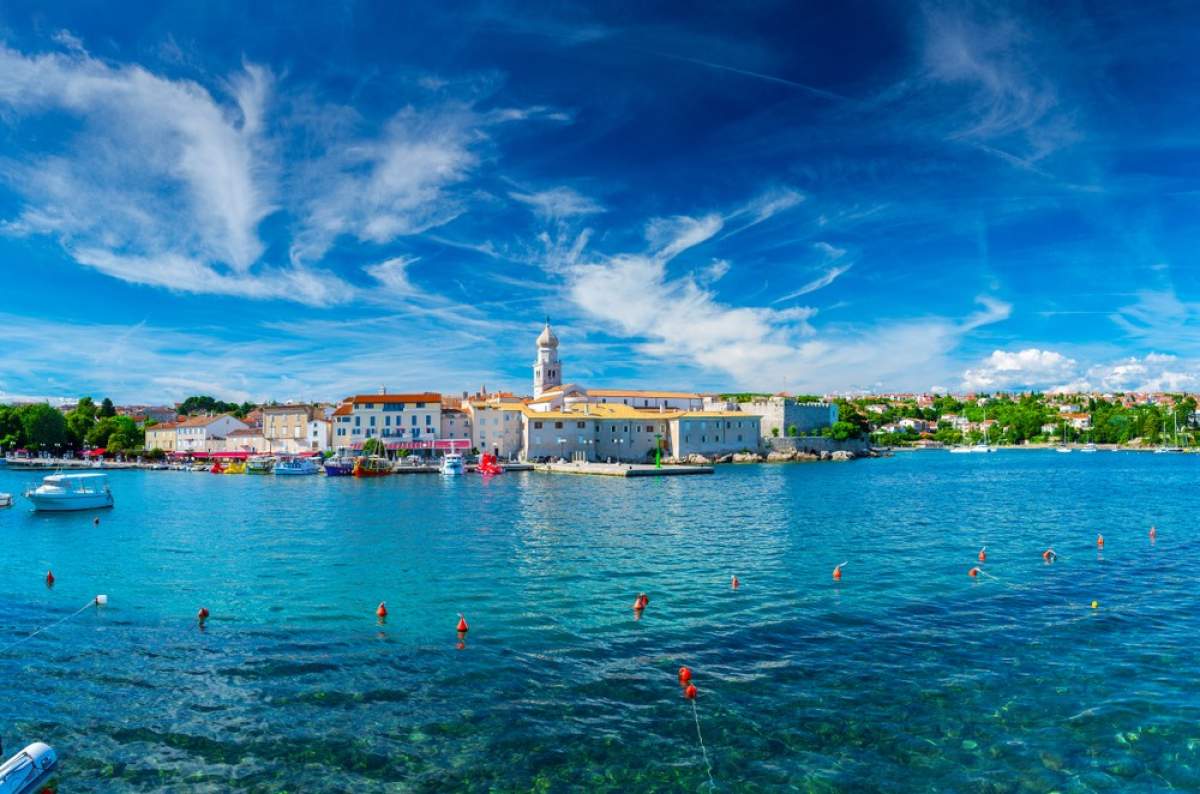
Well-tended swimming areas, pebble, rock and concrete plateau beaches, as well as partially sandy bottom and a sea of extraordinary cleanliness is what lures many swimmers to Krk. The town of Krk has as many as 6 Blue flags, in recognition of the sea cleanliness, as well as the accompanying sanitary, catering and sports facilities on the beaches.
The town of Krk prides itself in some of the most beautiful beaches with plenty of amenities. Most of these beaches are small or regular-sized pebble beaches, rock consist of small or normal gravel, rocky beaches and stone plateau beaches. Here are some of the most visited beaches in Krk, which are “a must” if you are visiting the town of Krk or its surroundings.
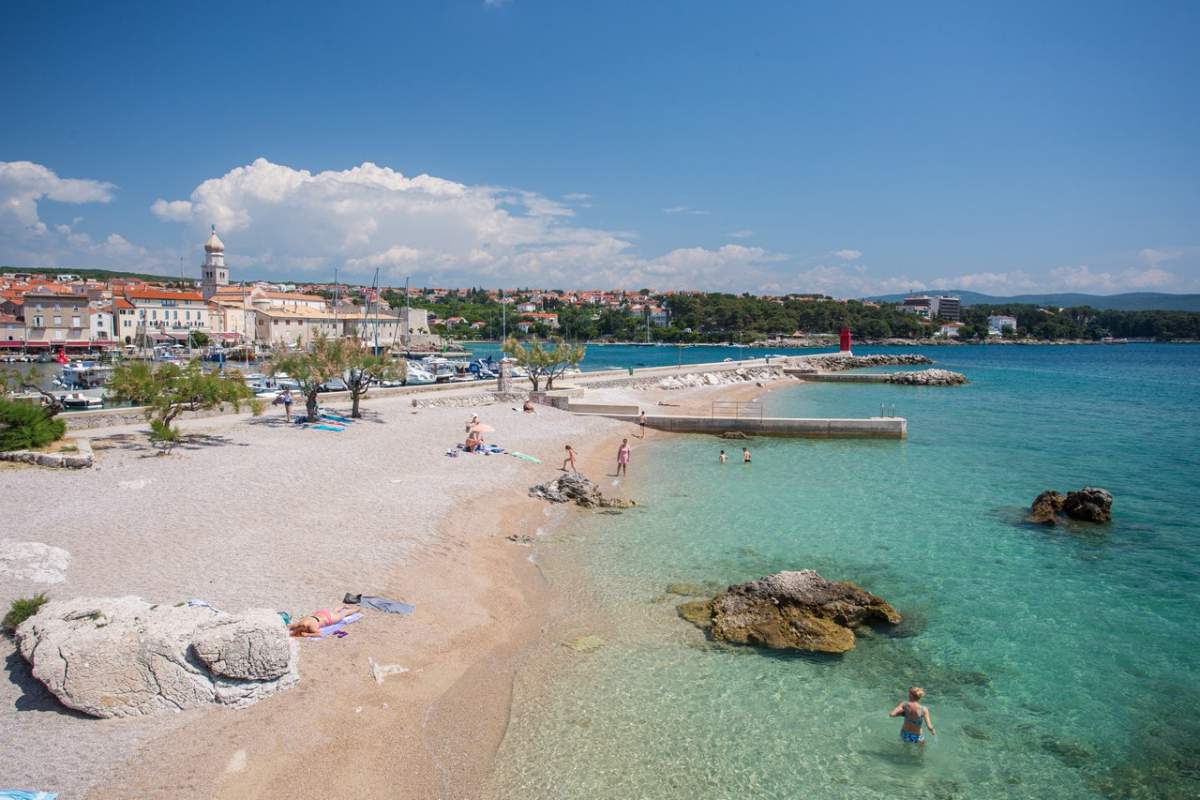
Porporela beach is one of the most beautiful beaches in the town of Krk. Not only is it a beautiful beach, but it has been awarded the Blue Flag, which guarantees clean sea, quality and plenty of amenities on the beach.
This beautiful Krk beach is just a few minute walk from the town center and is located near the camp Ježevac.
One part of the beach is sandy while the other part of the beach is pebble beach, which, along with numerous amenities and an easy access, makes this beach perfect for families with children, disabled people, third-age swimmers and all the others. Well-organized and well-arranged entrance to the sea is ideal for the disabled and less mobile swimmers.

Rescuers, showers, beach bar, deck chairs, kayaks, scooters and pedal boats are just some of the advantages of this beautiful beach.
On Porporela beach, you will enjoy the view of the historical center of the town of Krk and the view on the island of Plavnik located opposite the town of Krk at the same time.
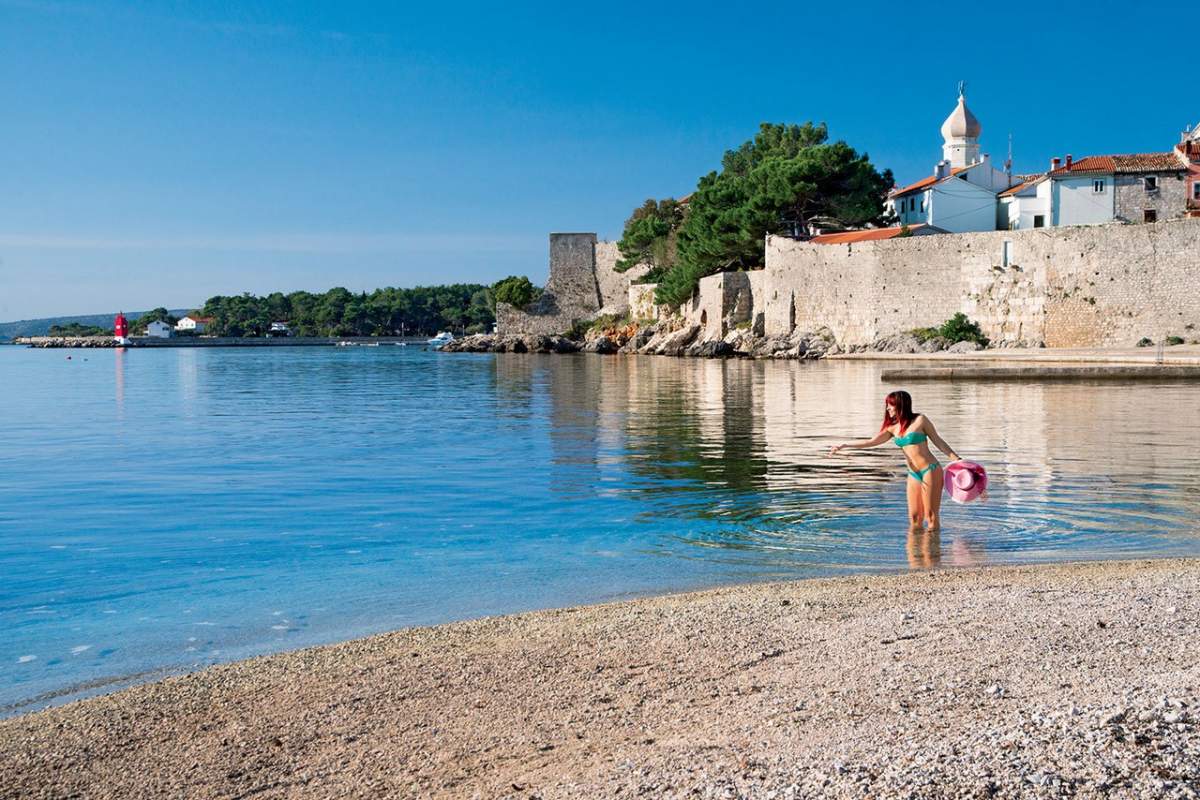
The beach Portapisana is situated almost in the center of Krk. Here begins a few kilometers long path leading to the Camp Politin.
On this route, there are numerous small pebble beach coves, well-tended rocky cliffs and a pebble beach for dogs.
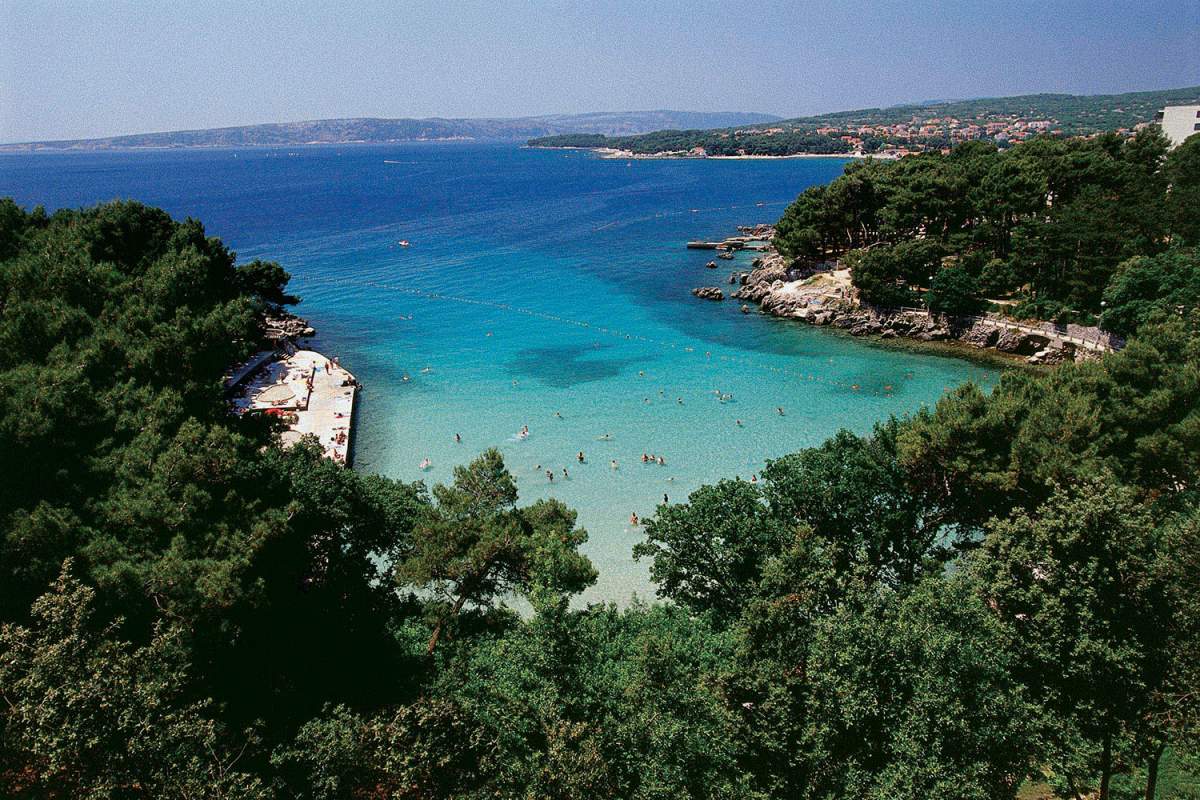
The most popular parts of the promenade are the Portapisana beach in the very center of Krk, and the beaches beneath the hotel Dražice and Koralj.
All generations can have fun on these beaches thanks to the different amenities.
Among the most popular amenities and facilities, there are various beach bars and other catering facilities, deckchair, parasol and pedal boat rentals, various water sports (jet-ski, parasailing, etc.).
Like many other Krk beaches, this one has also been awarded Blue Flag!
Plav is a pebble beach in the town of Krk, which has a pebble part and as well larger rocky plateaus that are ideal for lingering in the sun.
It is located in the western part of the town of Krk, near Camp Ježevac.
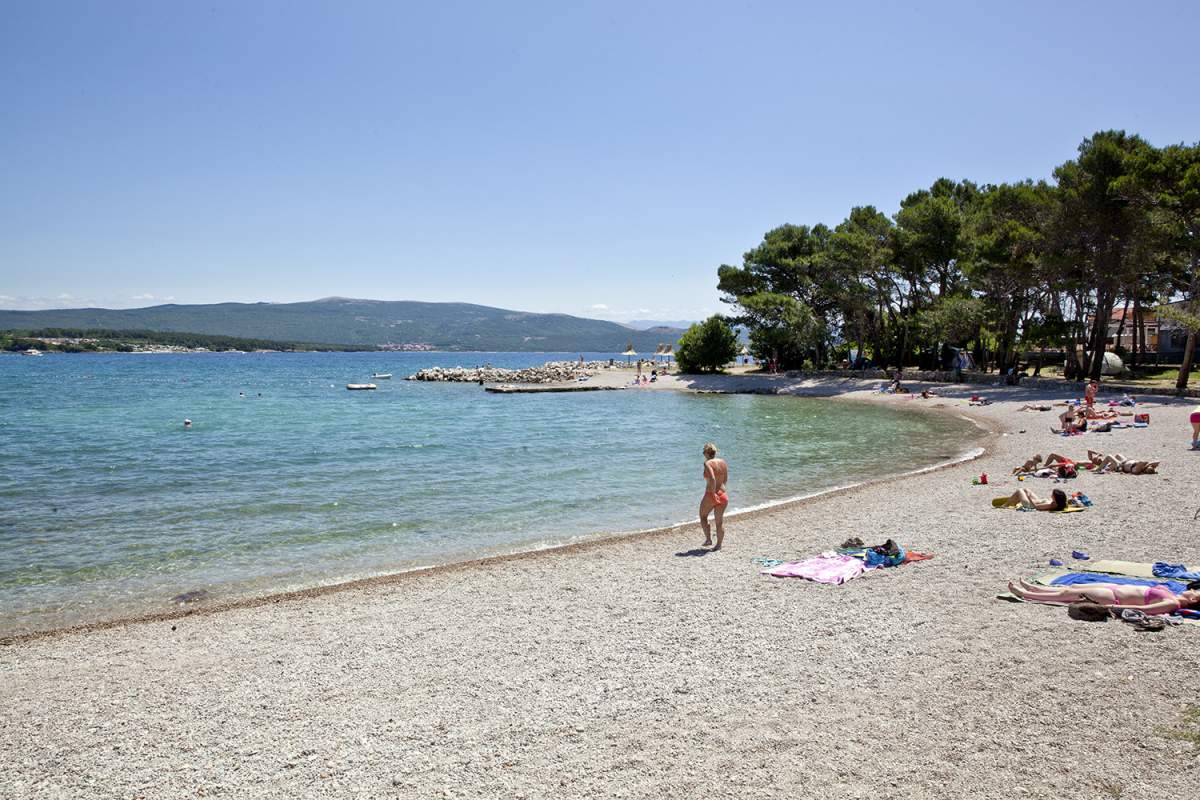
Apart from swimming and sunbathing, visitors to this beach can also enjoy the shade of the beach bar.
In addition, here you will be able to rent a boat to continue your search for other beautiful pebble beaches located near Plav beach.
If you want to visit the nearby pebble beach coves on foot, take a walk through the forest, follow the trail whose shade will make your walk pleasant!
This beach is ideal for families with small children, third-age swimmers, and all those seeking shade because there is a sun-bathed beach and a thick pine forest to protect you from the strong sun.

Apart from these beaches, there is also a beautiful pebble beach of Redagara, located near the pine forest.
Dogs are allowed on this beach and from other amenities, there is a shower with a faucet, a Fido bag with bags for disposal of pet waste and a bar for tying the dogs.
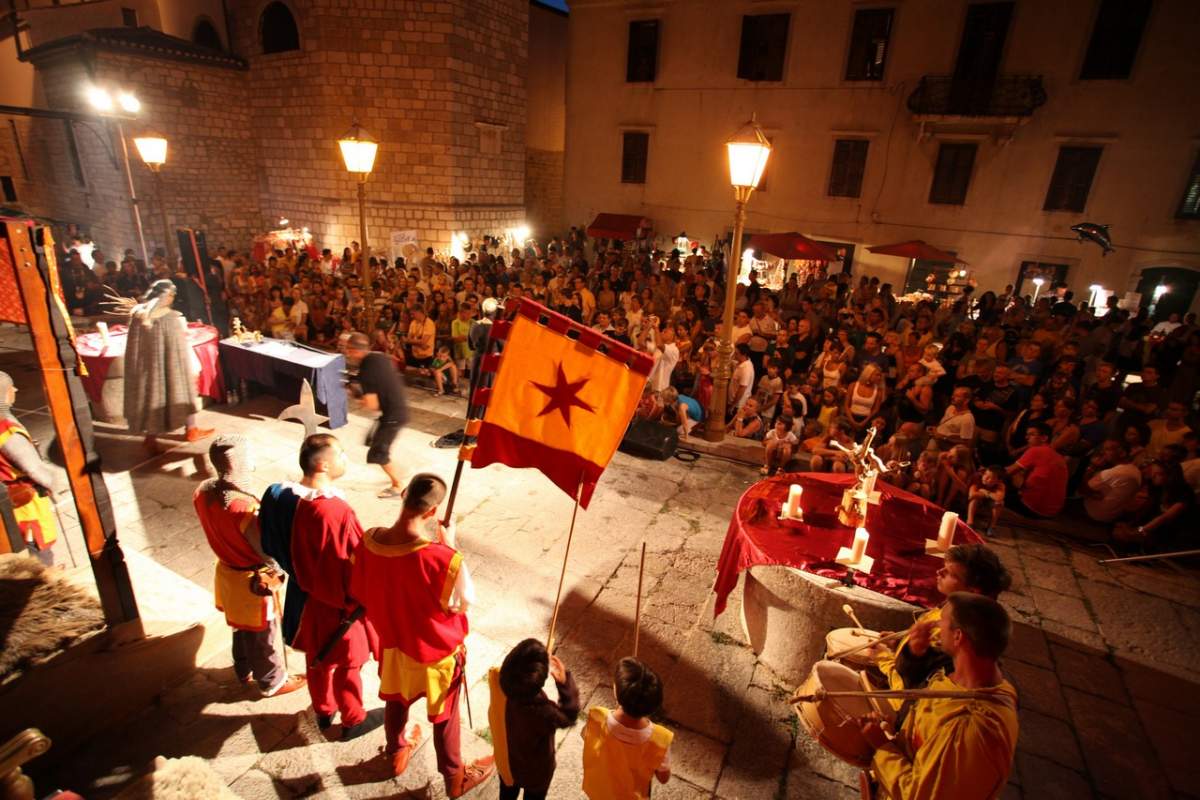
In the summer, Krk's town hosts numerous concerts, performances, events, festivals and different fishermen's parties. Winter is reserved for a distinctive advent of Krk and a carnival take place.
Krk is the largest town on the island and its administrative center. So, it is no surprise that it is at the same time the largest tourist destination offering numerous interesting events and happenings, which take place at all times of the year.
The majority of the events are cultural, entertainment, sports and enogastronomy ones. Events which should not be missed if visiting Krk are:
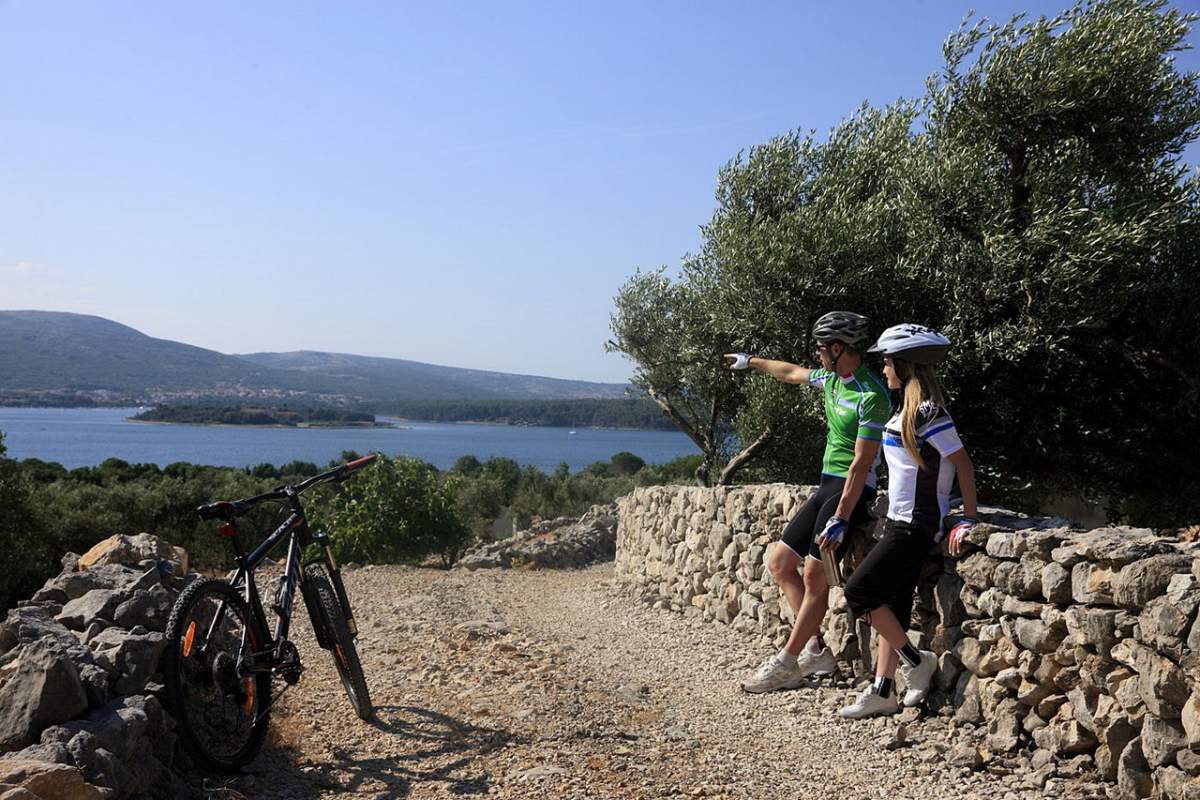
Spring on Wheels is an event meant for recreation athletes and is organized to promote cruise cycling routes and cycling trails, which are suitable for excursions by bicycles, scooters and quads.
This attractive sports event, held annually in early May, includes three tours with expert guidance: a bicycle, scooter and quad bike tour.
In addition, there is also a mini fair of two and four-wheelers, usually held on the waterfront in Krk.
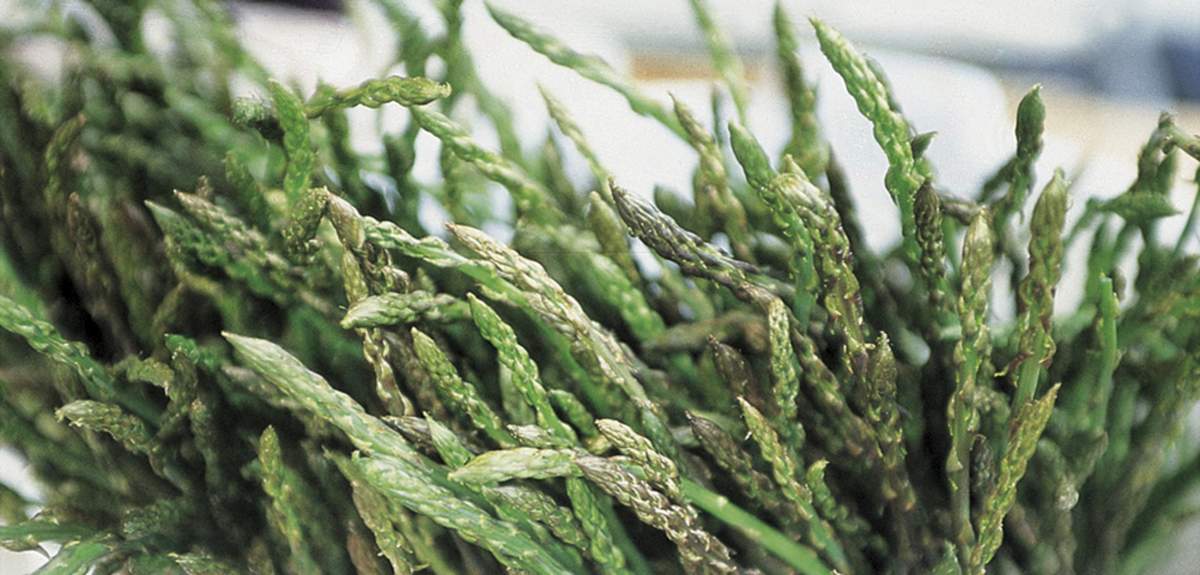
A walking tour through Krk's asparagus trails takes place mid-April. This event encompasses a guided walking tour through the beautiful olive groves where you can see where wild asparagus grows.
Wild asparagus is a renowned island delicacy. You can enjoy the taste of this delicacy because the event participants can try the tasty asparagus frittata prepared on Krk's promenade.
An eco, ethno and wine festival takes place in late May and allows visitors to enjoy a variety of excellent wines and other ecologically and locally grown and made products.
Folklore performances and a rich entertainment program accompany this event.
Krk Fair –Lovrečeva is the cultural event in Kvarner region with the longest tradition, which has been held in the town of Krk since the 16th century.
Today, it is organized by the Tourist Board of the Town of Krk, the Town of Krk and its associations and partners.
Its main purpose is to present the rich cultural heritage of the town of Krk through entertainment.
Krk Fair - Lovrečeva consists of historical and traditional parts such as medieval fair, tournaments, swordsmanship, a competition in slicing prosciutto by hand and a traditional fair.
The emphasis of the event is on merging the traditional and the contemporary.
In addition to the historical and traditional parts of the event there is also a rich offer of original Krk and Croatian products such as Krk cheese, prosciutto, šurlice (homemade pasta) žlahtina wine, liqueurs and various other gastro delicacies.
The offer also includes handicrafts and original souvenirs and an attractive entertainment program on five locations.

The Summer Festival, which include various programs of eminent Croatian and foreign artists,are the most famous and most significant cultural event in Krk.
In 2016, The Summer Festival celebrated their 60th anniversary, thus becoming the cultural event with the largest tradition organized by the Center for Culture of the town of Krk.

Among the most famous artists participating in this event are: Maxim Mrvica, Massimo Savić, Vlatko Stefanovski, Miroslav Tadić, Stefan Milenković, Tonko Ninić, Laure Vadjon, Ibrica Jusić, Ensemble Lado, Sandra Bagarić, Martina Tomčić, Croatian Baroque Ensemble (Hrvatski barokni ansambl), Klapa Intrade, Zagreb Soloists (Zagrebački solisti), Barock Band and many others.
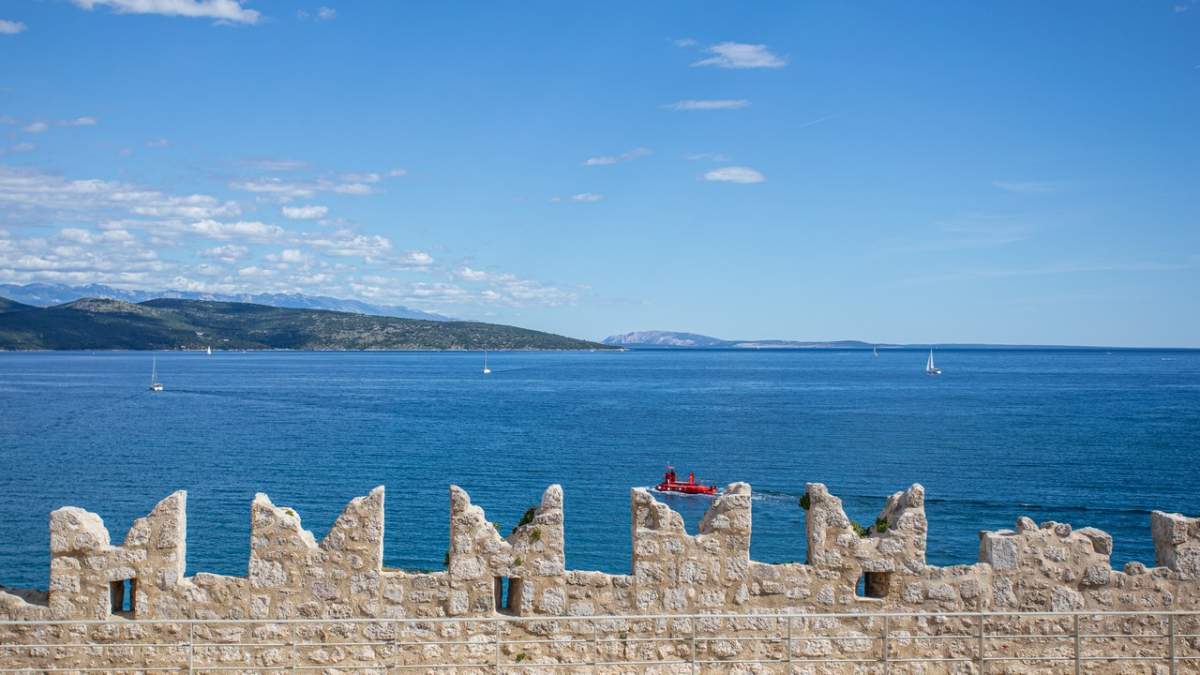
In addition to the attractive program, the venue and the ambience of the Summer Festival make them so special; some of the venues are the Frankopan Castle, Kamplin Square (Trg Kamplin), the Atrium of the Franciscan Monastery and the Cathedral of Krk.
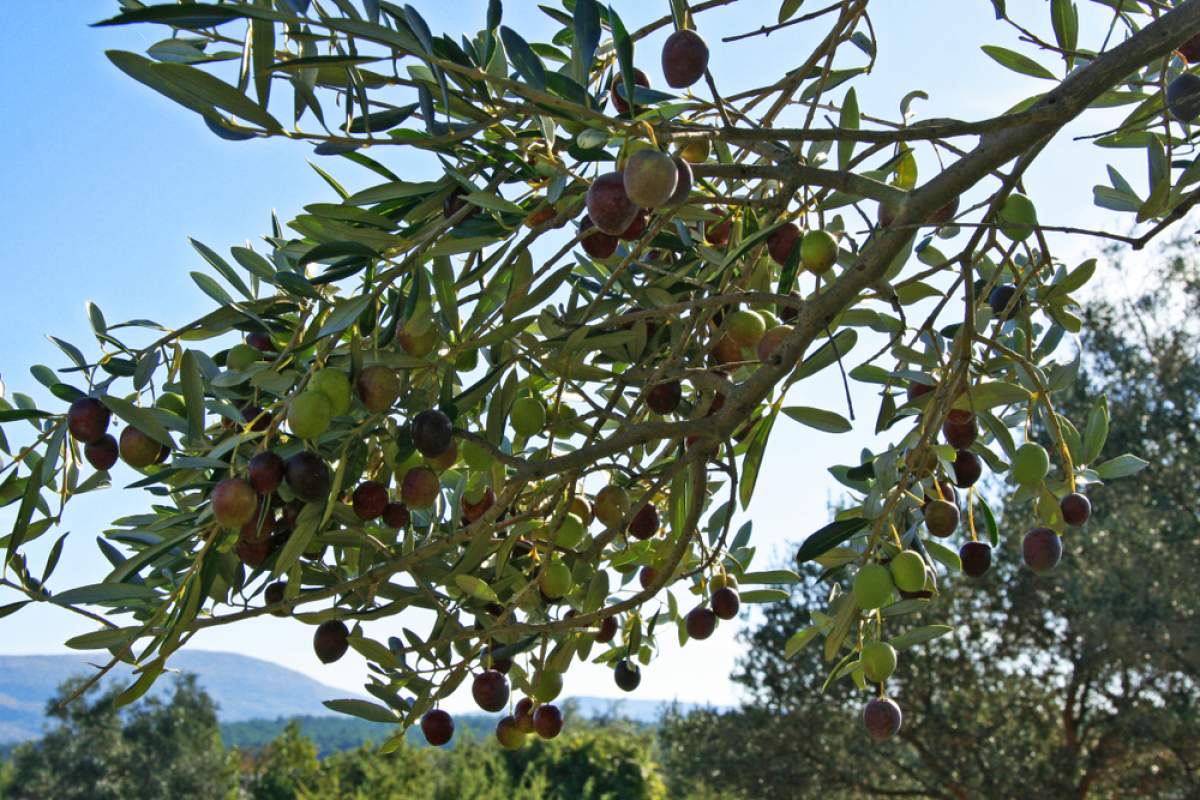
I love autumn in Krk is another reason to visit Krk in late summer and early autumn, considered by many as one of the most pleasant times for a vacation.
Mid-September a cycling tour Bodul Bike takes place and at the end of September you can take part in attractive guided hiking tours through the island's extraordinary landscapes.
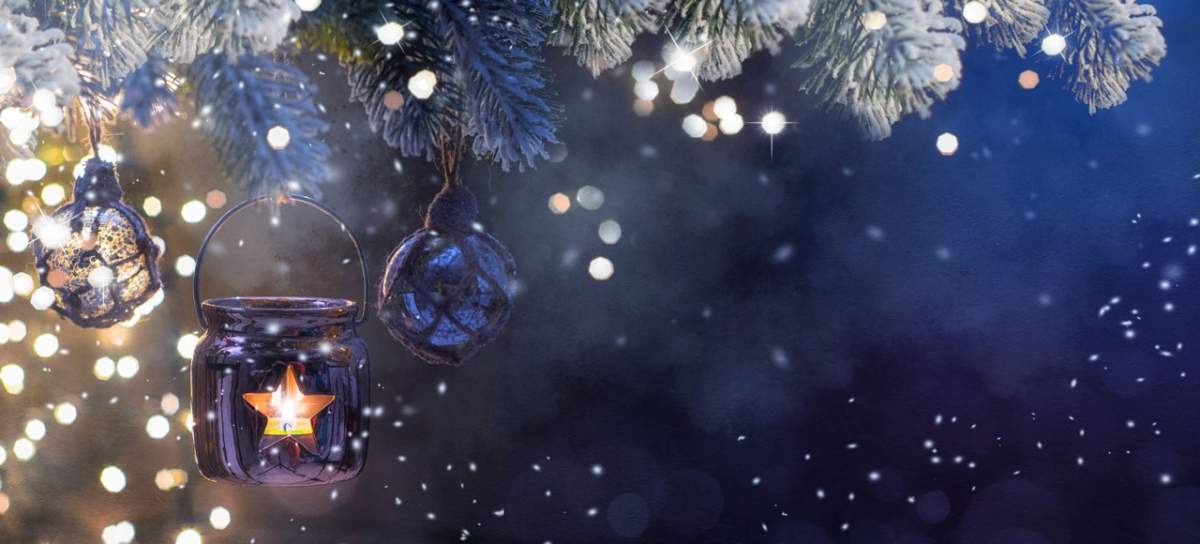
The Advent at the Square in Krk has been held since 2014. The organizer of this now traditional event is the association The Creative Krk (Kreativni Krk).
The promotion of Krk family farms (OPGs) and various handcrafts, advent stands and the humanitarian character with a full-day music program are what makes this event one of a kind.
The end goal of Advent at the Squareis to inspire the visitors and natives through the fun and entertainment to feel the Christmas spirit and to encourage them to help those in need.
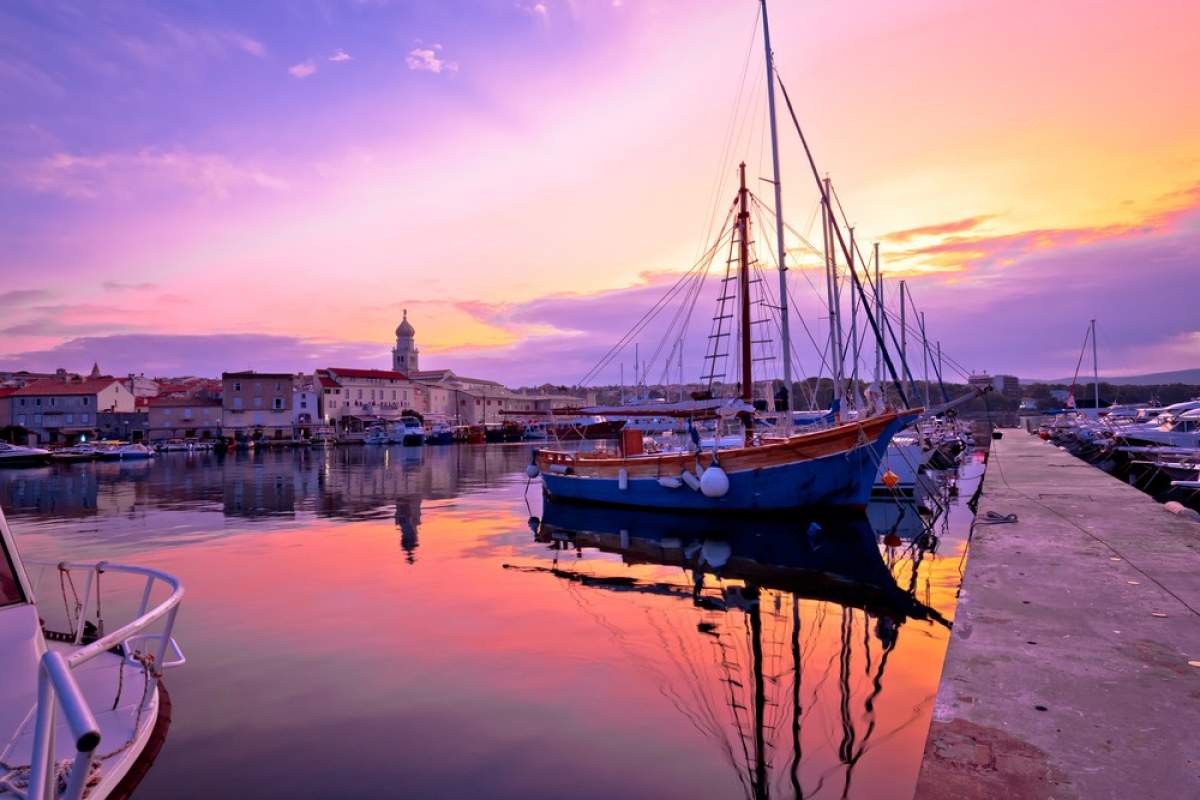
Tourism began developing in the early 20th century, and a considerable impetus towards further the development of tourism and the island came from the construction of the Krk Bridge in 1980.
The town of Krk and the whole island are a favorite tourist destination not only because of the abundance of natural beauty, rich cultural heritage and favorable climate but also because of its traffic connections and accessibility.
Today, the town of Krk with its surroundings has about 5,600 inhabitants. That number is doubled in the summer.
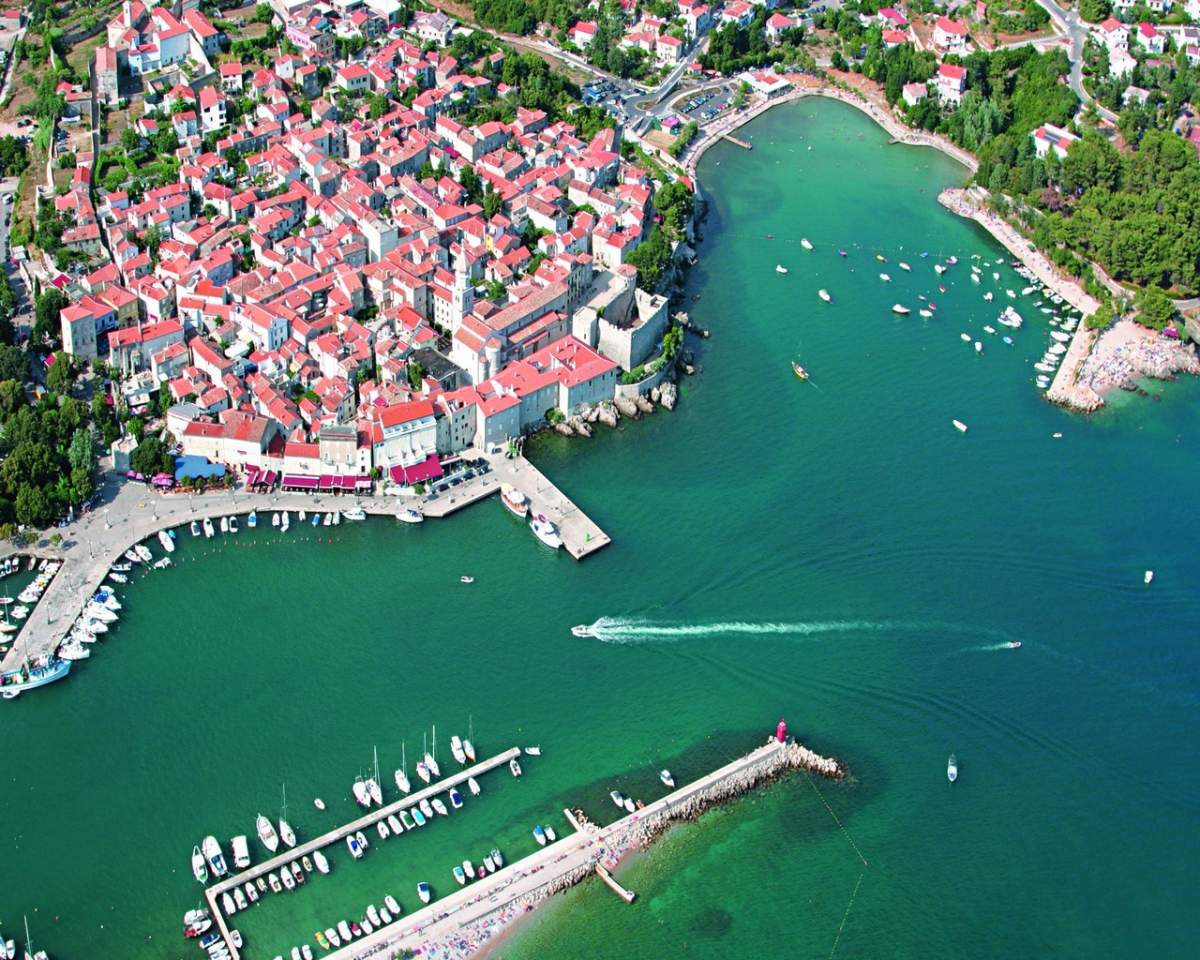
Krk has spread beyond the remarkably preserved town walls, and most of the private accommodation, apartments, rooms and holiday homes, are located in private homes in newer neighborhoods outside the Old Town of Krk.
The town of Krk is a well-known tourist center with modern accommodation capacities, dominated by hotels, camps, holiday homes, apartments and private accommodation rooms.
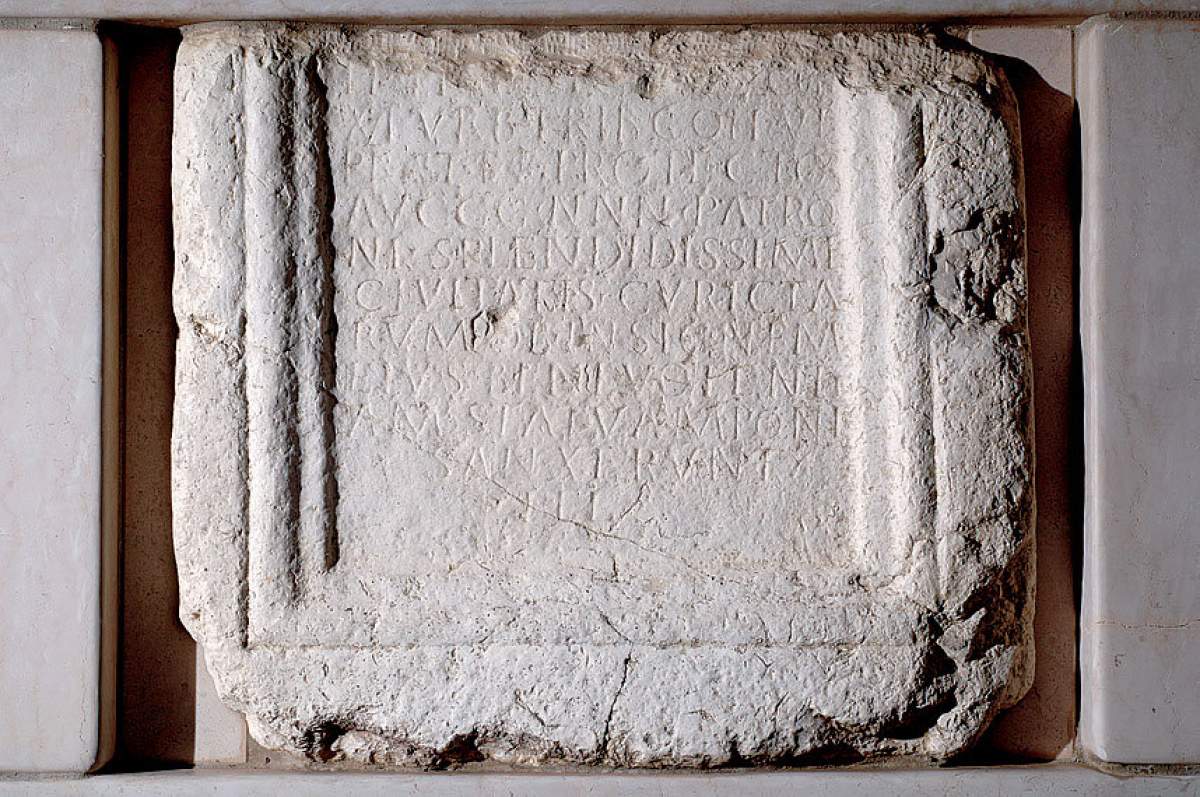
The history of the town of Krk goes back to prehistoric times when native people started to share the space with newcomers, starting from Liburni, then Romans, Slavs, Franks, Venetians and others.
According to belief, the founders of the town of Krk were members of an Illyrian-Liburnian tribe, the Curicta, and the city of Krk was thus named after them.
The Romans later took the town of Krk over and shaped it according to the rules of Roman architecture.
The town of Krk developed on ancient foundations; Platea Antiqua, the Roman Baths, the Roman Mosaic, the Temple of Venus and the contemporary city walls bearing witness to this fact.
The town of Krk took on the look that we know today in the Middle Ages when the city walls were built.
Already the ancient Romans constructed the two main streets, Cardo and Decumanus, exactly where they are today.
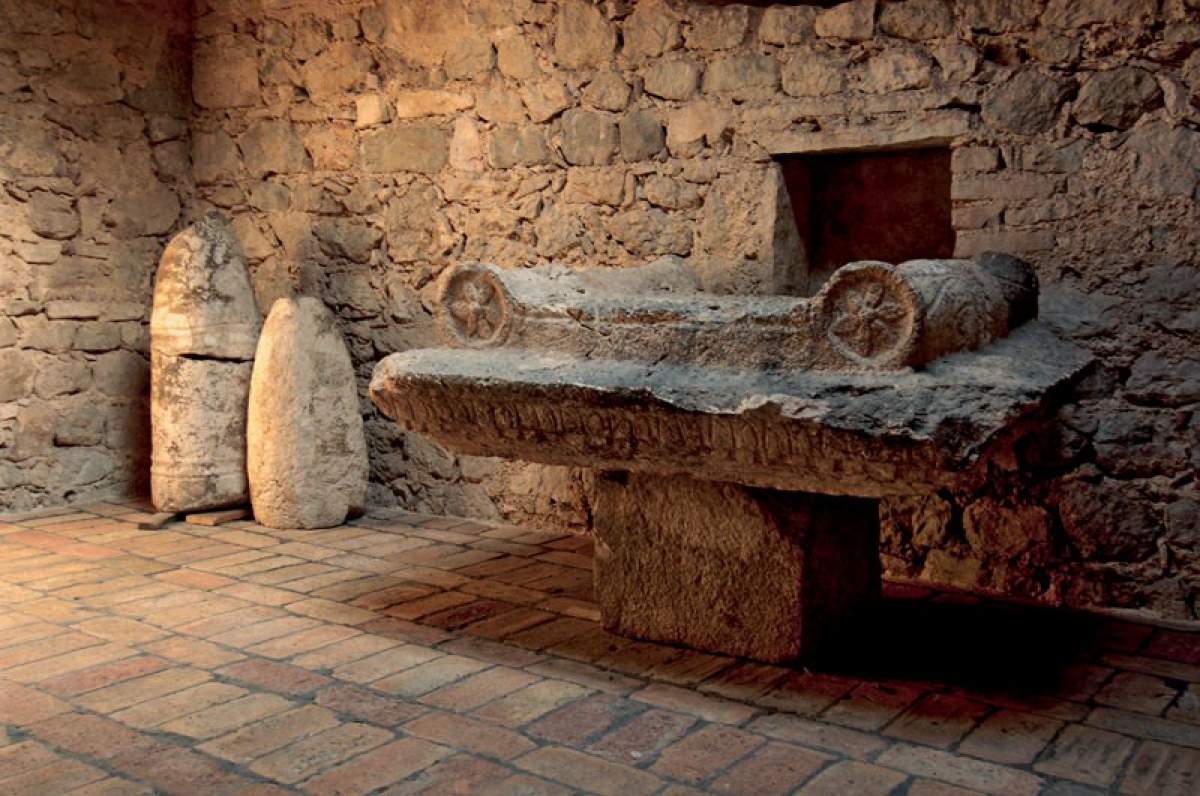
The main Roman city streets Cardo and Decumanus ended with four city gates, of which only the small south gate has been preserved. Over the centuries, the town has been developing and growing, but it has always preserved the basic Roman configuration.
The town was an urban center 3,000 years ago and proudly bore the title Splendissima Civitas Curictarum - The Glorious Town of the People of Krk, as can be read on the stone inscription from the beginning of the 4th century.
During the expansion of the Roman Empire, the town of Krk became a Municipum. It is assumed that Krk had no less than 2 thermae and their floor mosaics are in part still visible today.
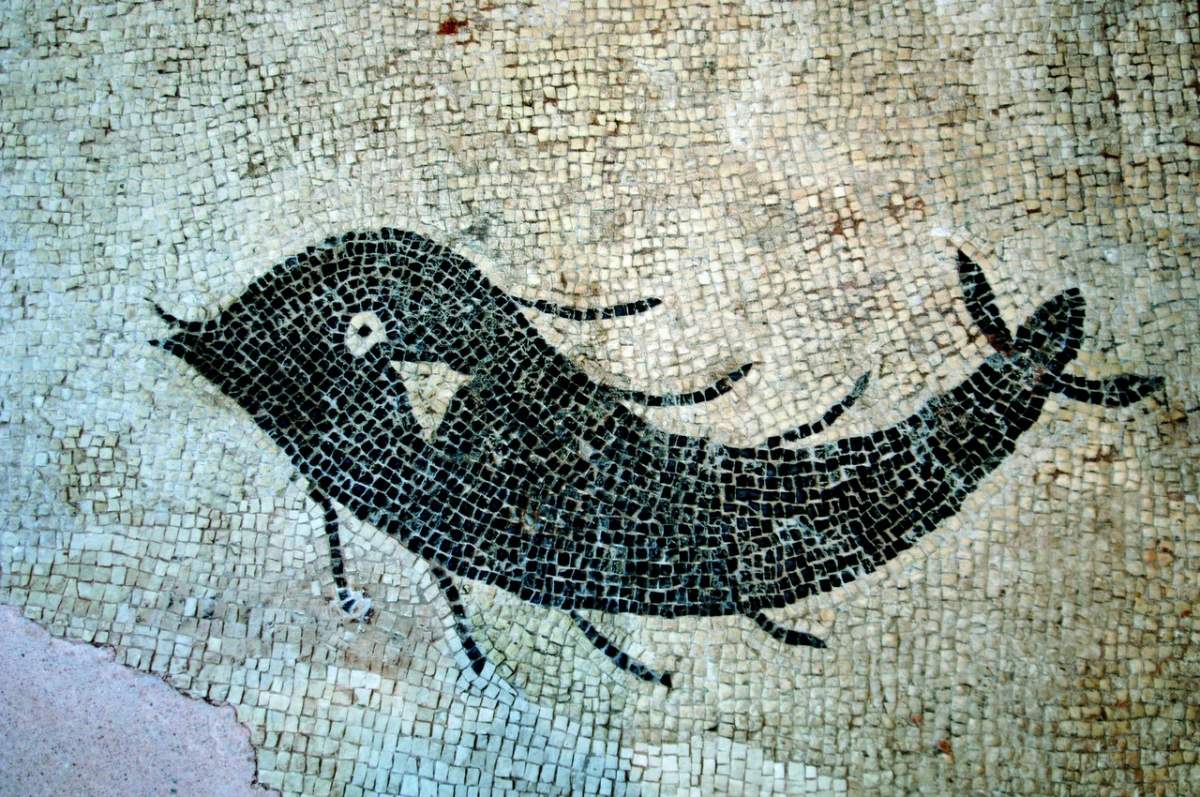
Parts of the town’s walls in the northern part of the town, next to the Franciscan monastery have been preserved from the Roman period.
The walls that you can see nowadays date mainly from the Middle Ages. The Counts of Krk, the House of Frankopan, also left significant traces in the town's history and the island of Krk.
A vast number of landmarks stems from when Krk was under direct Venetian rule (1480-1797), and the town of Krk, along with the entire island and the Republic of Croatia, shares a very interesting and tumultuous history.
For history lovers there is rich cultural and historical heritage left by numerous residents who lived in the area of what is today the town of Krk.
Here are some highlights from the cultural and historical heritage of the town of Krk:
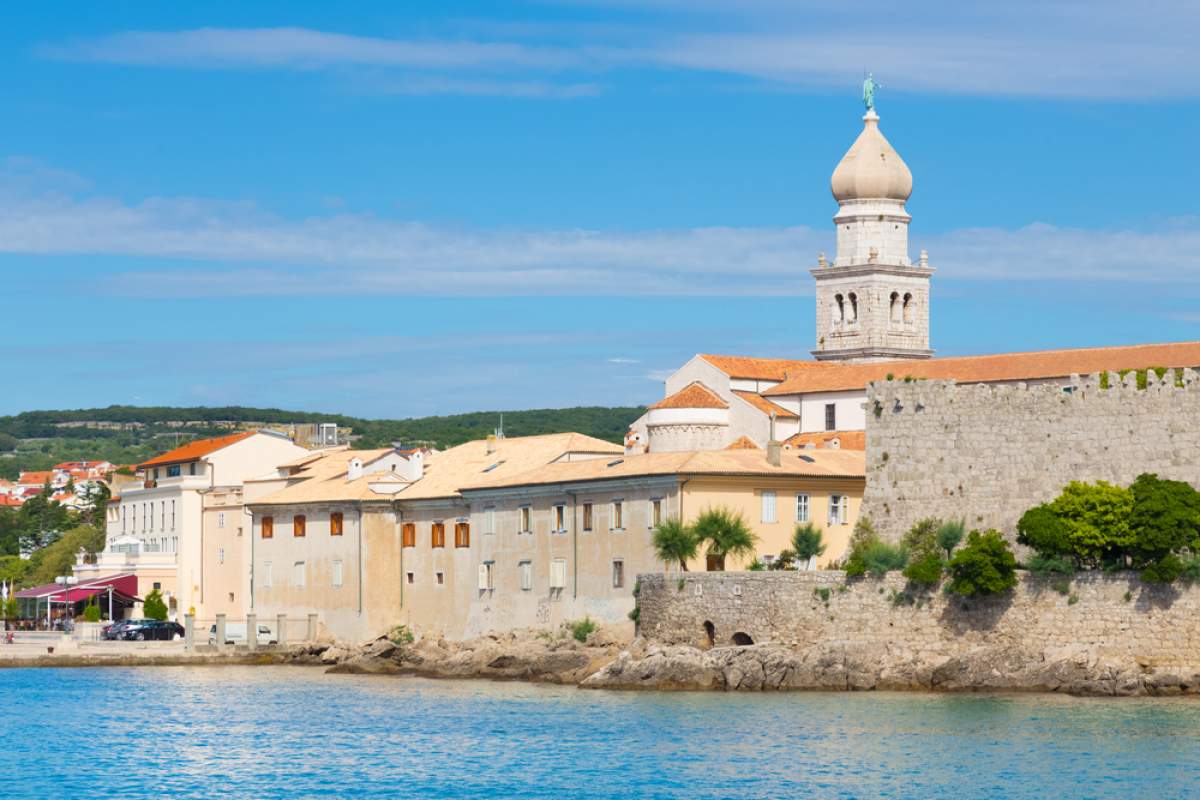
What the town of Krk is especially famous for is its impressive medieval heritage, which was created during the Venetian domination in this area. The Frankopan dukes of Krk distinguished themselves during this period.
The Frankopan citadel (kaštel), which is preserved in its original condition, was constructed at that time.
The citadel is located on the square of Kamplin, which was the focus of profane and sacral life at the time of its construction.
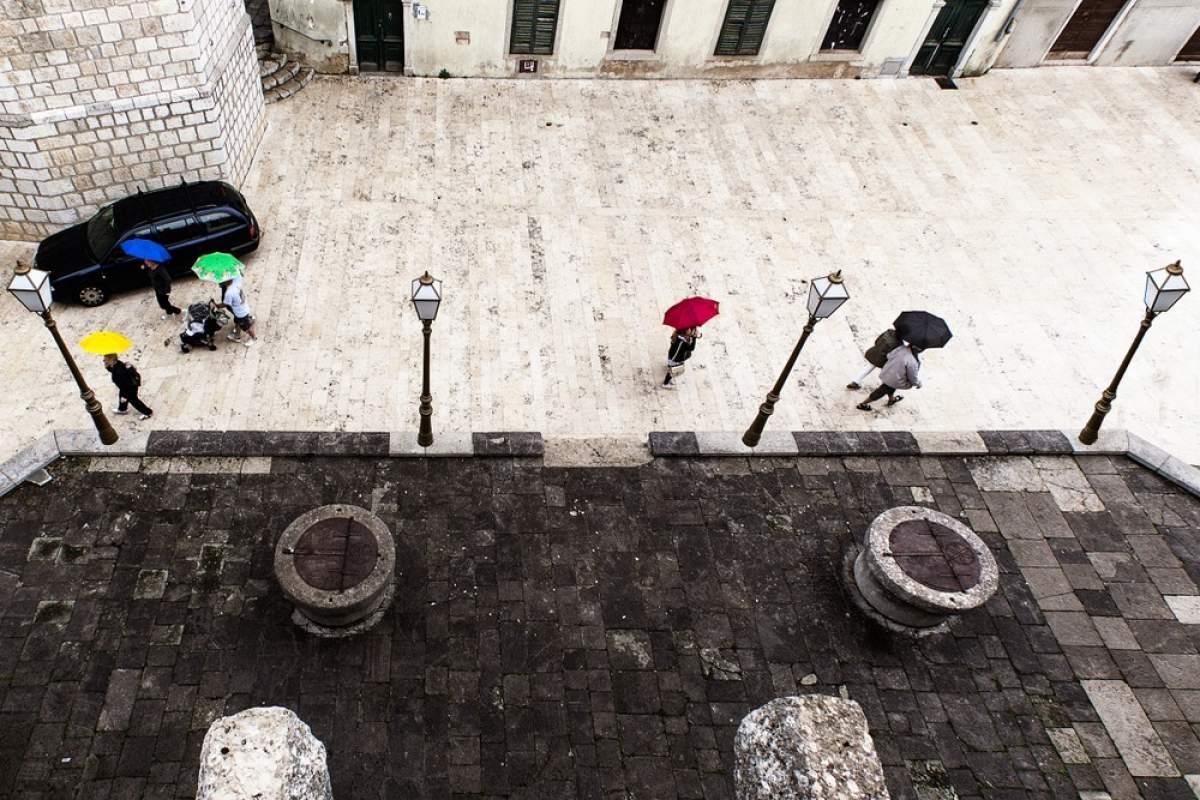
The Frankopans built the Frankopan Castle from the 12th to 15th centuries. Nowadays its unique ambiance hosts numerous cultural events and is a must-see landmark for anybody visiting Krk.
The Frankopan Castle is located on Kamplin Square, where the Romans built a training area next to their thermal baths, the foundations of which were used to build the early Christian basilica and the current Cathedral.
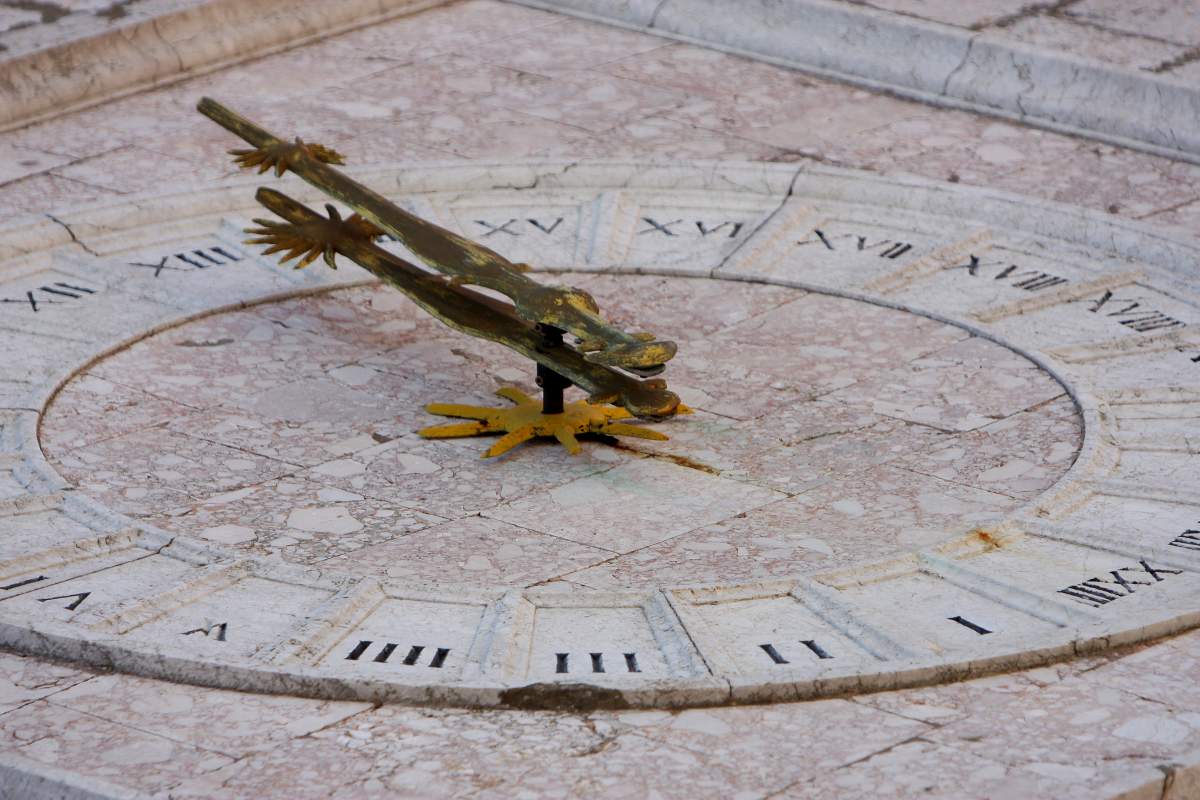
Among the fortifications, the old town hall from the 15th century with a unique sundial stands out, as well as the hexagonal tower on the shore with a Roman stele, which Count Nikola Frankopan built in 1407.
The west end of the square Kamplin is adorned with the cathedral of Krk and the church of St. Quirinus.
The church of St. Quirinus has two stories and is, as such, an architectural exception at a global scale.
In addition to the interesting exterior, the interior of both buildings has a rich inventory of Venetian stylistic features.

The town of Krk had very early on, in the 5th century, become the center of the Krk Diocese.
Also in the 5th century, the oratorium of the early Christian community was transformed into a basilica.
Parts of the basilica, like various ornaments and unique capitals with motifs of the Eucharist (birds feeding on fish) can still be seen in Krk Cathedral.
The Cathedral arose from the thorough remodeling and expansion of the basilica in the 12th century and was upgraded during later centuries.

The dual Church of St Quirinus and St Margaret from the 12th century creates a complex with the Cathedral. The church is unique because it spans 2 floors and has an unusual south-north orientation.
This unique religious complex, also the most famous cultural monument of Krk, is completed by the bell tower from the 16th century.
It was restored to its final form in the 18th century. On the top of the bell tower is a statue of the Archangel Michael, showing the direction of the wind.
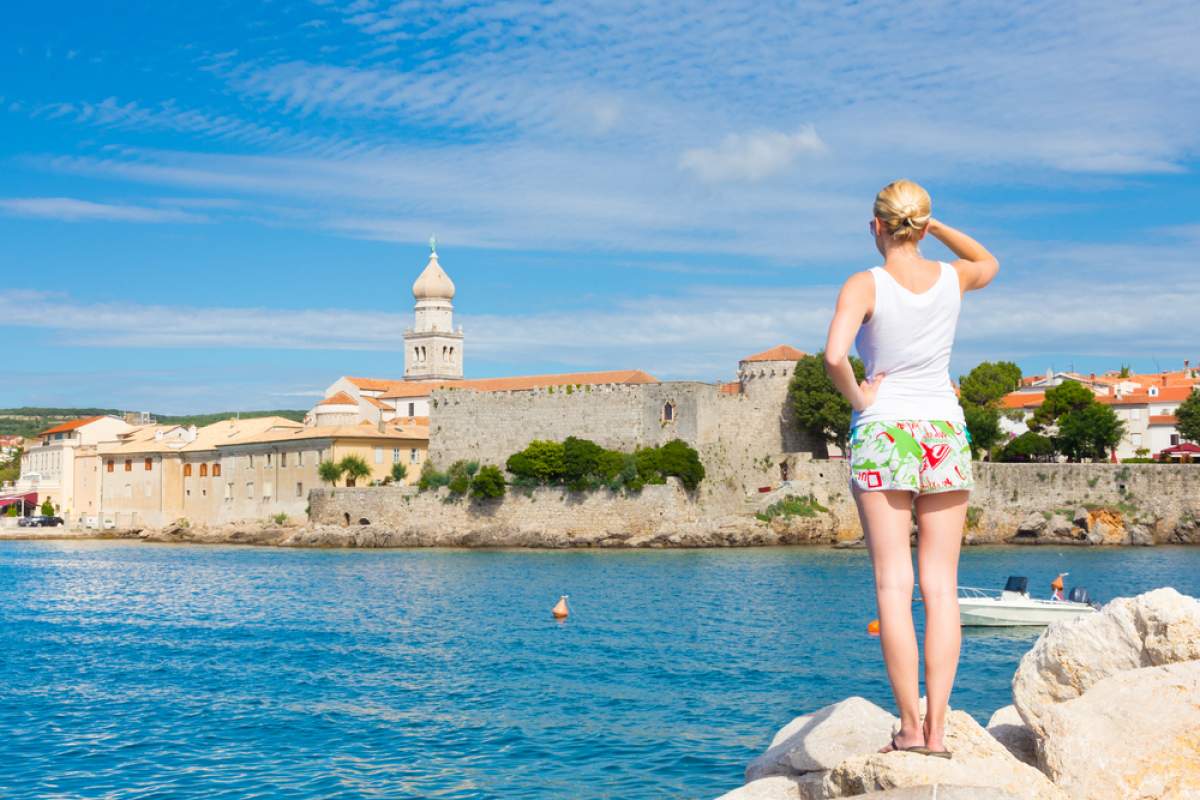
The Volsonis bar shelters early Roman city walls, archaeological excavations from the Roman Forum and an altar from the 1st century BC from the Temple of Venus. The alleged Temple of Venus remains have been discovered in the nearby Mahnic Street.
On a hill near the northern entrance to the town, the newly renovated Glagolitics Square with the Romanesque Church of St Michael, now a popular sanctuary of Our Lady of Health, is also worth visiting.
In the past, the church was part of a Benedictine Abbey, and in the vicinity there was once a Poor Clares convent.
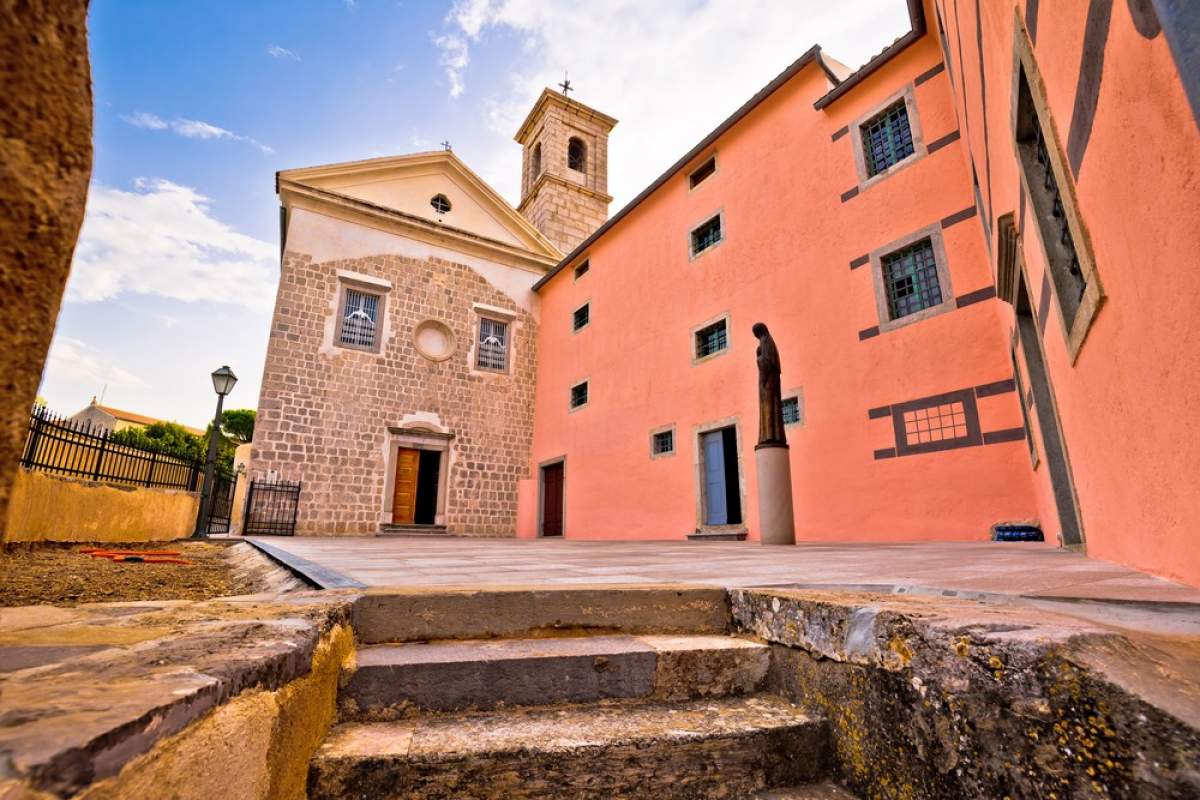
Still standing erect today are a Franciscan Monastery with the Church of St Francis and a Benedictine convent with the Church of St Mary of the Angels.
DISCOVER THE EXPERIENCES OF OUR TRAVELLERS